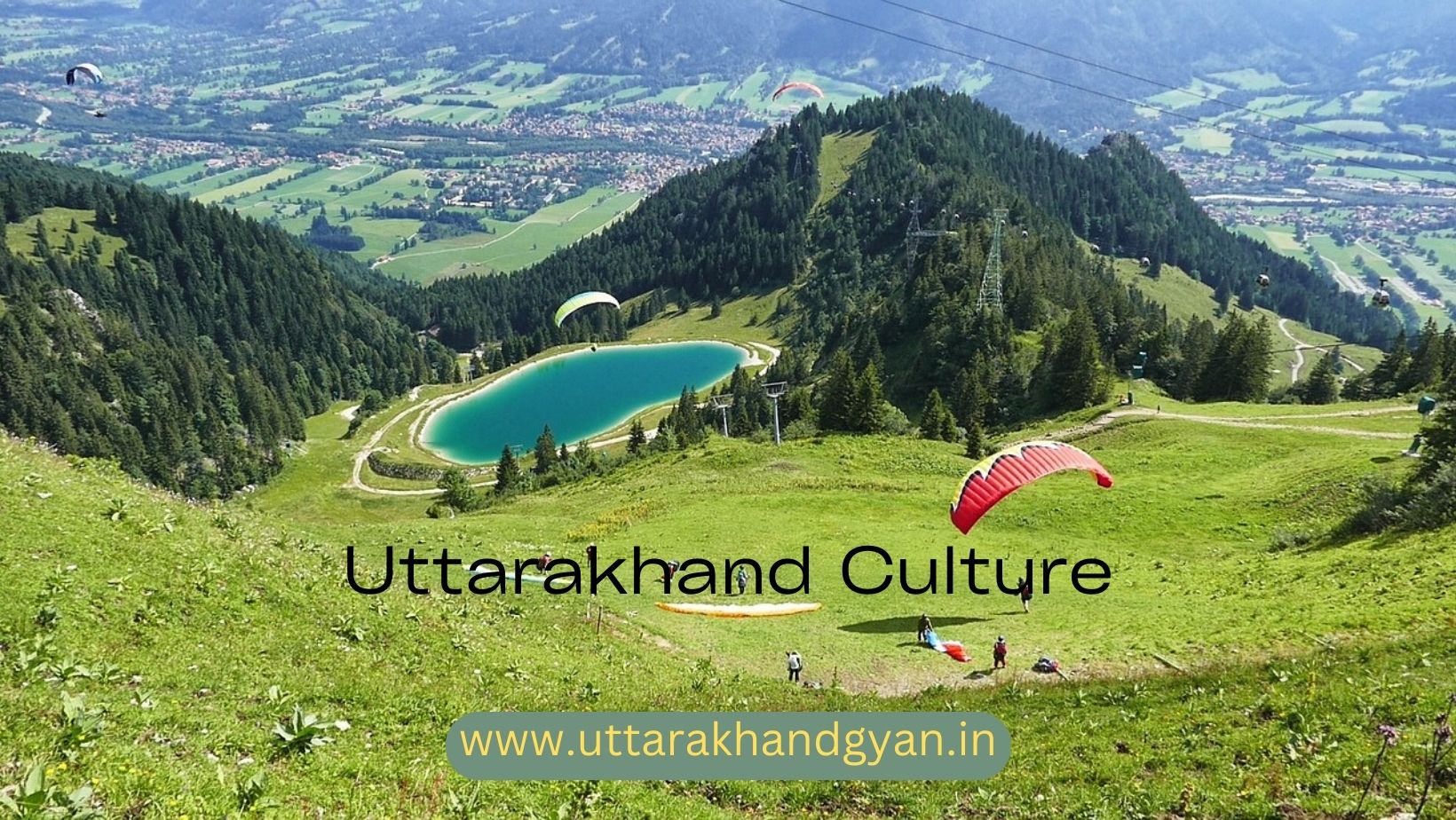|
Getting your Trinity Audio player ready...
|
In this article, we will explore Uttarakhand culture in detail. Uttarakhand, the land of mountains and rivers, is a state situated in the northern part of India. It is known for its scenic beauty, diverse flora and fauna, and rich cultural heritage. The state is home to several indigenous communities that have lived in the region for centuries, each with its unique customs and traditions. In this article, we will explore the culture of Uttarakhand, highlighting its various aspects and what makes it unique.
Geographical and Historical Context
Uttarakhand is located in the foothills of the Himalayas, surrounded by the states of Himachal Pradesh to the west, Uttar Pradesh to the south, and Nepal to the east. The region was once a part of the Kumaon and Garhwal kingdoms, which were ruled by the Katyuri and Gurkha dynasties, respectively. The state was carved out of Uttar Pradesh in the year 2000, and it has since then become an important tourist destination, owing to its natural beauty and cultural heritage.
Languages and Literature
Uttarakhand is home to several indigenous communities that speak different languages and dialects. The most widely spoken language in the state is Hindi, which is also the official language. However, there are several regional languages spoken in Uttarakhand, including Garhwali, Kumaoni, and Jaunsari. These languages have their own literature, which includes folk tales, songs, and poetry. Many of these literary works are centred around the region’s natural beauty and its cultural heritage, making them an important part of the state’s cultural identity.
Folk Music and Dance
Uttarakhand is known for its vibrant folk music and dance traditions. The state has several forms of folk music, including Jagar, Chhopati, Khuded, and Basanti, among others. These musical forms are often performed during religious festivals and social events and are an important part of the region’s cultural heritage. Folk dances in Uttarakhand are equally diverse and include Chholiya, Jhora, Langvir Nritya, and Barada Nati. These dances are characterized by their lively movements and colourful costumes and are performed by both men and women.
Religion and Festivals
Uttarakhand is a region with a rich religious and cultural history. Hinduism is the dominant religion in the state, and there are several temples and pilgrimage sites that attract thousands of devotees every year. Some of the most important temples in the state include Kedarnath, Badrinath, Gangotri, and Yamunotri. These temples are located in the higher reaches of the Himalayas and are considered to be among the most sacred sites in Hinduism.
Apart from these religious sites, Uttarakhand is also known for its colourful festivals, which are celebrated with great enthusiasm across the state. Some of the most popular festivals in Uttarakhand include Holi, Diwali, Dussehra, and Navratri. These festivals are often accompanied by lively processions, music, and dance performances and are an important part of the state’s cultural identity.
Cuisine
The cuisine of Uttarakhand is as diverse as its culture. The region’s cuisine is largely influenced by its geography, with dishes prepared using locally grown ingredients. The most popular dishes in the state include Kafuli, Phaanu, Chainsoo, and Bhang ki Chutney, among others. These dishes are often served with rice or roti and are known for their distinctive flavours and aromas.
Art and Handicrafts
Uttarakhand is known for its vibrant art and handicraft traditions, with several indigenous communities practising traditional crafts such as weaving, wood carving, and pottery. The state is home to several handicraft centres and museums, which showcase the region’s traditional arts and crafts. Some of the most famous handicrafts in the state include woollen shawls, handwoven carpets, and wooden artefacts.
Ecotourism and Adventure Sports
Uttarakhand is a region that is blessed with natural beauty and diverse flora and fauna. The state has several national parks and wildlife sanctuaries, which are home to several endangered species such as the Bengal Tiger, Asiatic Elephant, and Snow Leopard. These parks and sanctuaries offer opportunities for ecotourism, with visitors being able to go on safaris and trekking expeditions to explore the region’s natural beauty.
Apart from ecotourism, Uttarakhand is also known for its adventure sports, with several opportunities for trekking, mountaineering, skiing, and river rafting. The state has several popular trekking routes, including the Valley of Flowers, Roopkund, and Kedarkantha, among others. These treks offer breathtaking views of the Himalayas and are a must-visit for adventure enthusiasts.
Conclusion
In conclusion, Uttarakhand is a state with a rich cultural heritage and diverse traditions. The region’s culture is deeply rooted in its geography, with its traditions and customs being influenced by the mountains, rivers, and forests that surround it. From its vibrant folk music and dance traditions to its cuisine and handicrafts, Uttarakhand’s culture is a testament to its resilience and enduring spirit. The state’s natural beauty and diverse flora and fauna also make it an important destination for ecotourism and adventure sports, offering visitors an opportunity to explore its rich cultural heritage and natural beauty.



